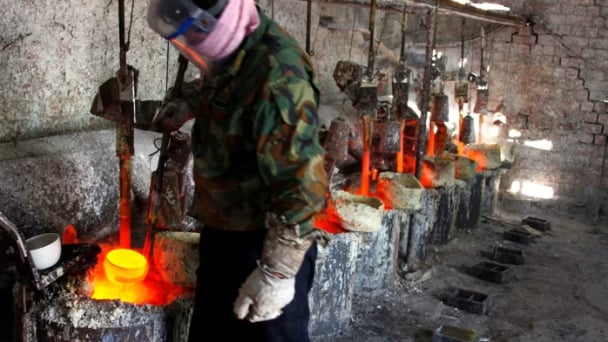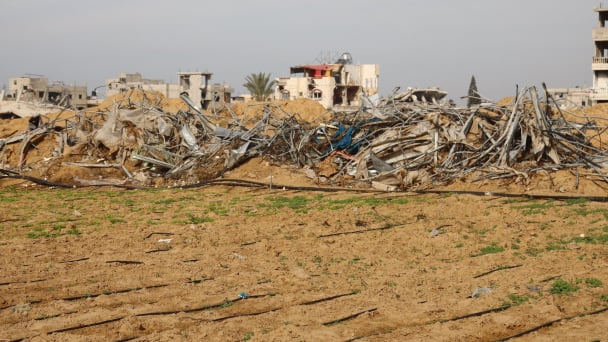June 14, 2025 | 17:09 GMT +7
June 14, 2025 | 17:09 GMT +7
Hotline: 0913.378.918
June 14, 2025 | 17:09 GMT +7
Hotline: 0913.378.918

A farmer harvests at a wheat field at Yantang village of Kaiyang county in Guiyang, Southwest China's Guizhou province, May 31, 2023. Photo: Xinhua
The central authorities have recently urged local governments to take concrete measures to advance "people-centered" urbanization, with the focus on turning farmers into new city residents, providing equal basic public services for all urban residents alike, reducing the rural-urban development gap and promoting growth of the county economies.
As of the end of 2022, about 913 million people of the country's 1.4 billion population, 65.22 percent, lived in cities. The comprehensive carrying capacity of cities has been effectively improved through the transformation of shantytowns.
But new challenges have arisen as well. Due to the low birth rate, particularly in cities, the size of the urban population in the country looks set to contract in the long run. And about 27 percent of the urban residents, at least 245 million, are those called migrant workers who live and work in cities yet lack a local hukou, or household registration permit. Having a hukou is a prerequisite for them to enjoy the welfare provided by a city.
Although there are 21 major city clusters nationwide, they siphon all kinds of economic resources from neighboring regions, turning the situation into a zero-sum struggle for limited resources between major cities and the rest of the province. And the excessive concentration of production factors in cities have not only boosted the fast expansion of some megacities but also caused many "urban diseases" such as pollution, traffic congestion and poor city management.
The key to advancing "people-centered" urbanization is in the first place to turn the 245 million migrant workers into true city residents with local hukou, but even before that objective is realized local governments are obliged to provide them with basic public services in housing, medical care, education and pensions, in the city where they work and live.
Also the satellite towns and counties adjacent to major city clusters deserve more inputs to transform them into new growth drivers attracting talents, technology and capital back from the already overcrowded big cities. Some industries can be relocated from the cities to the counties to boost the rise of county economies and ease the "urban diseases" of big cities.
The central authorities should do more to pave the way for the free flow of production factors between cities and the countryside by first making breakthroughs in the difficult rural land reform in a bid to ensure farmers can enjoy their share of the overdue property right income of land they collectively own in the village. For too long it is the local governments that have been enjoying the bonus of land value appreciation rather than the farmers.
(Global Times)

(VAN) Extensive licensing requirements raise concerns about intellectual property theft.

(VAN) As of Friday, a salmonella outbreak linked to a California egg producer had sickened at least 79 people. Of the infected people, 21 hospitalizations were reported, U.S. health officials said.

(VAN) With the war ongoing, many Ukrainian farmers and rural farming families face limited access to their land due to mines and lack the financial resources to purchase needed agricultural inputs.

(VAN) Vikas Rambal has quietly built a $5 billion business empire in manufacturing, property and solar, and catapulted onto the Rich List.

(VAN) Available cropland now at less than five percent, according to latest geospatial assessment from FAO and UNOSAT.

(VAN) Alt Carbon has raised $12 million in a seed round as it plans to scale its carbon dioxide removal work in the South Asian nation.

(VAN) Attempts to bring down the price of the Japanese staple have had little effect amid a cost-of-living crisis.